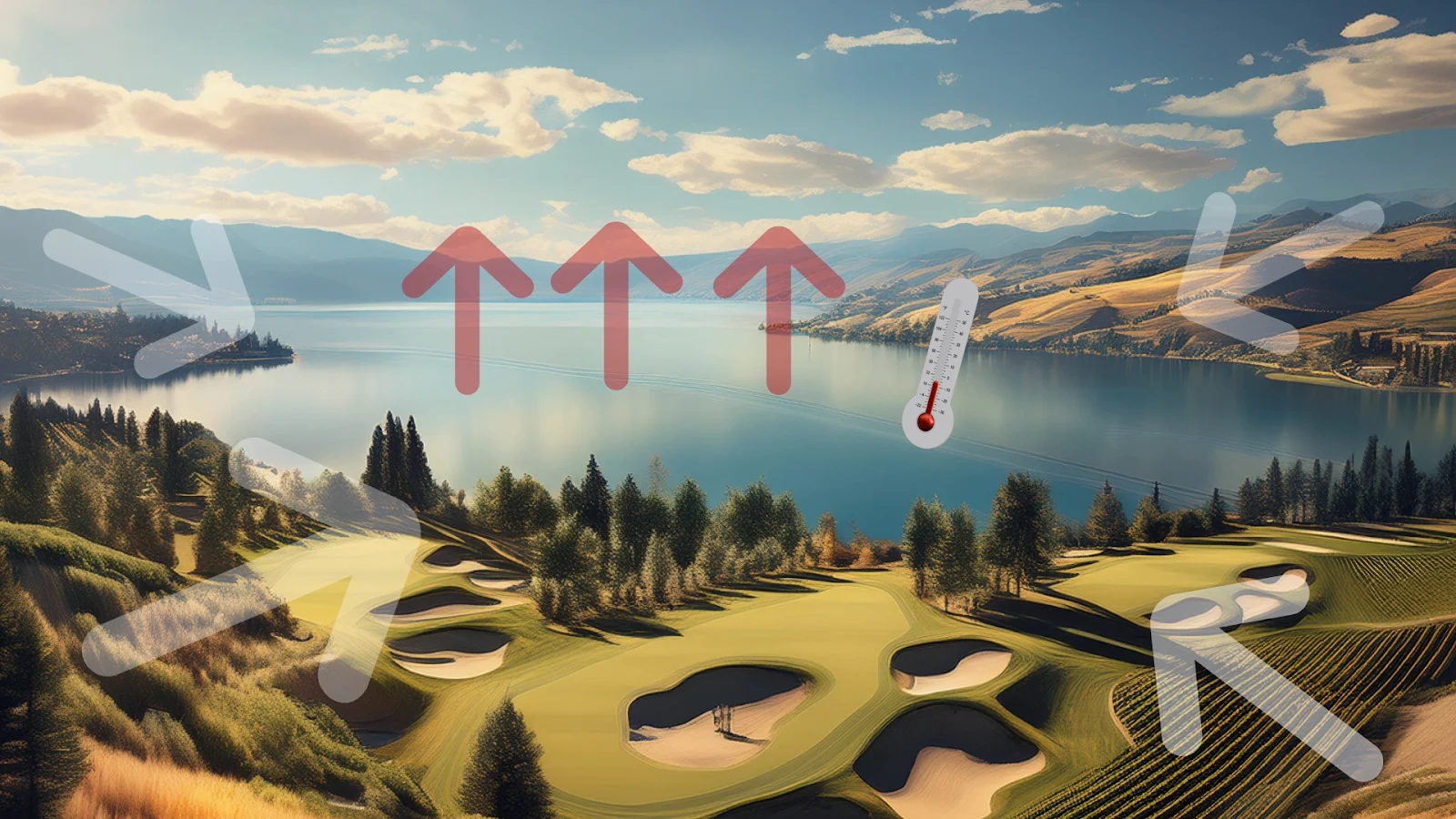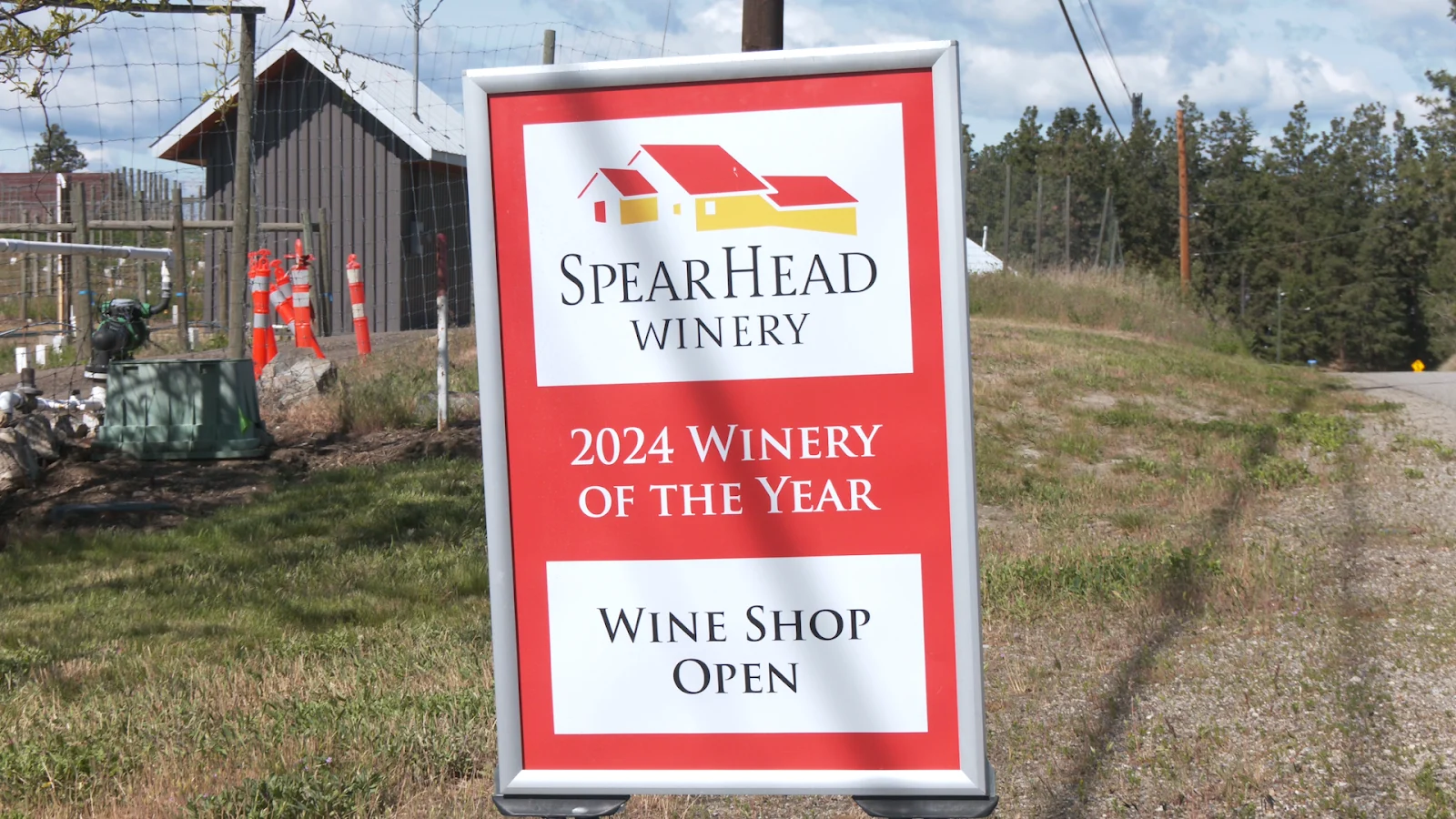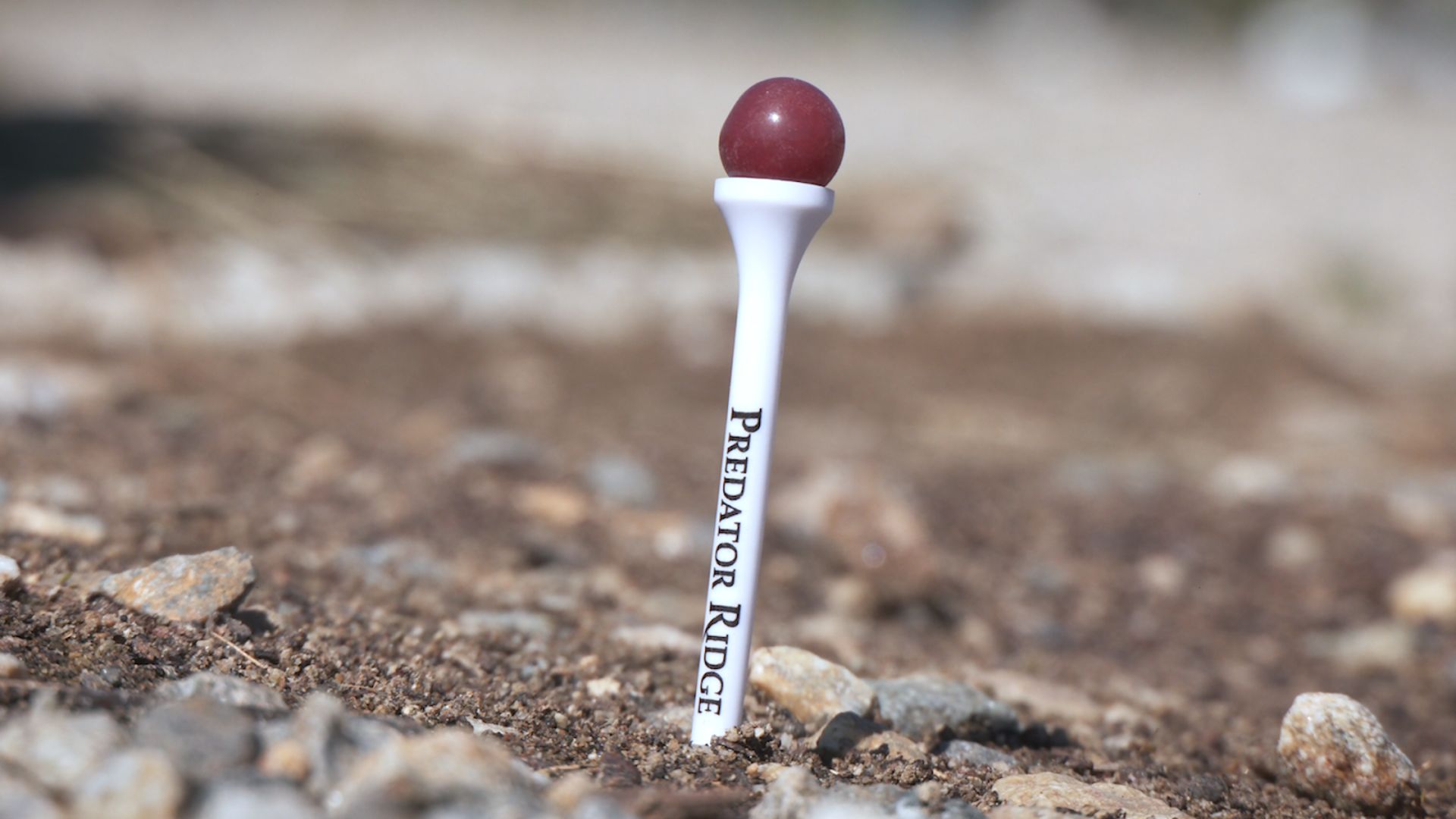Crucially, It also helps buoy the colder, denser air that arrives in the fall, which would otherwise settle in the lower parts of the valley and lead to frost.

As winter approaches, the valley lakes release heat slowly after absorbing solar energy all summer. This boost of warmth helps buoy the cold, dense air of fall that would otherwise settle around the lower slopes and valley bottoms, creating a gentle circulation that delays frost. (The Weather Network)
That delay of frost helps give grapes a few extra weeks on the vine, and golfers a few more weeks on the greens.
So, the next time you’re sipping a bold Okanagan red, or booking a November tee time, remember – you have the shining Okanagan lakes to thank, although they aren’t the only reason the region is so hospitable to both tee times and wine tastings.

There are about 40 wineries that call the Kelowna region home.
The nearby Coast and Cascade mountains act as shields against the moist air of the Pacific Ocean, forcing the air to condense and lose moisture as it rises up the windward side of mountain slopes, and allowing it to dry, compress and warm up as it flows down the leeward side – similar to how southern Alberta’s famous Chinook winds form. This helps create a warmer, drier climate in the Okanagan.
Thumbnail image taken by Connor O’Donovan.







